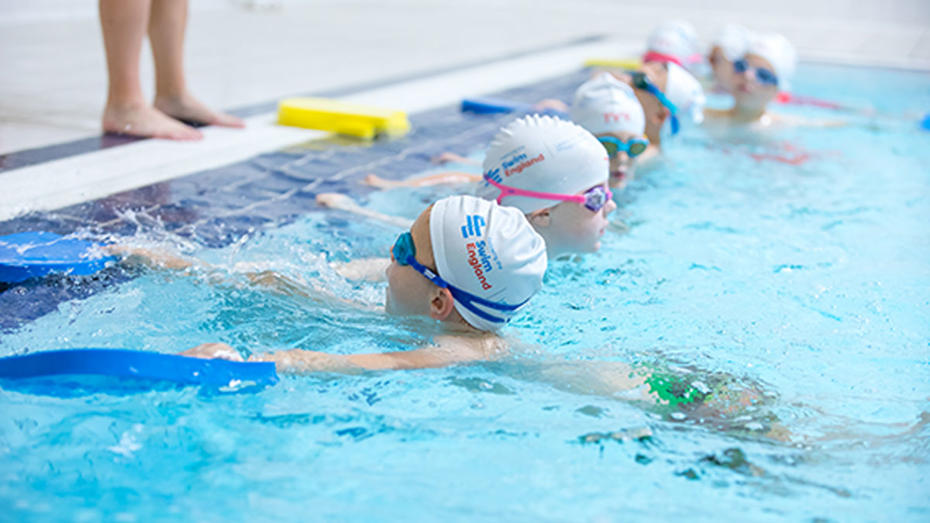
The primary school swimming curriculum requires all schools to teach pupils to swim at least 25 metres, use effective strokes (like front crawl, backstroke, and breaststroke), and perform safe self-rescue in different water-based situations. This instruction must occur in either Key Stage 1 or Key Stage 2.
The curriculum emphasises both swimming proficiency and vital water safety skills.
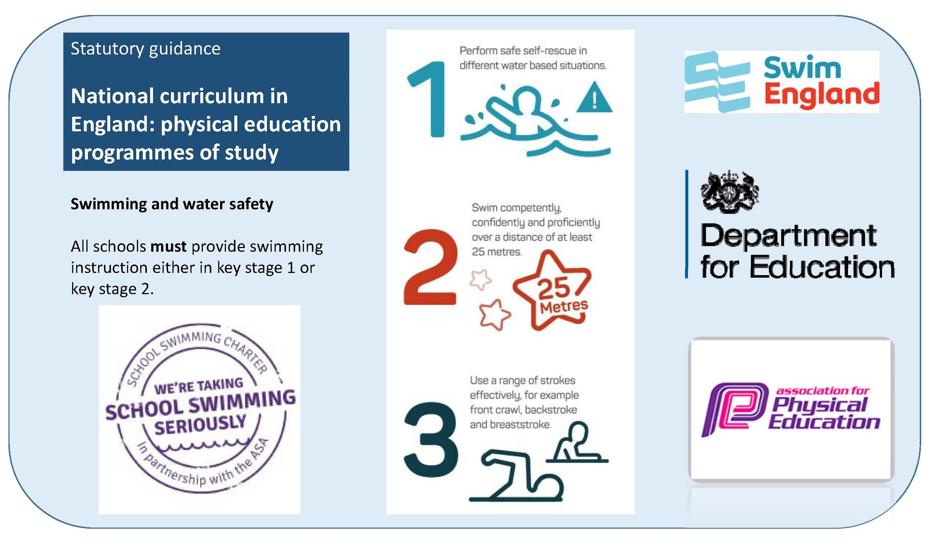
Key Objectives
By the time pupils finish primary school (end of Key Stage 2), they should be able to:
- Swim competently: Perform proficiently over a distance of at least 25 metres.
- Use a variety of strokes effectively: This includes front crawl, backstroke, and breaststroke.
- Perform safe self-rescue: Be capable of rescuing themselves safely in different water-based scenarios.
Mandatory Instruction
- When:
Swimming instruction is a mandatory part of the curriculum for all primary schools.
- Where:
Schools must provide swimming instruction during either Key Stage 1 or Key Stage 2.
Primary school swimming curriculum surveys across England and Wales reveal that despite swimming being a national curriculum requirement in the UK, many children leave primary school without the skills to swim 25 metres unaided and be safe in water.
2025 Survey of Cambridgeshire Primary Schools
210 Primary schools were invited to respond to the 2025 Swimming Survey
180 responses were received.
Key Questions
- Do you offer swimming and water safety within in the curriculum
- Do you operate your own pool on the school site?
- Swimming is taught to which age groups?
- Is Top up swimming offered for weak swimmers in Year 6?
Swimming Attainment levels
- Have you reported on National Curriculum swimming attainment levels on your school website?
- What percentage of children can swim competently, confidently and proficiently over a distance of at least 25 metres?
- What percentage of children can use a range of strokes effectively, for example, front crawl, backstroke and breaststroke?
- What percentage of children can perform safe self-rescue in different water based situations?
Findings
- 97% of primaries offer swimming and water safety within in the curriculum
- 45 schools have their own pools & 4 had temporary pop-up pools in 2025
- Swimming is taught to all age groups, and 6% of schools even offer it to reception
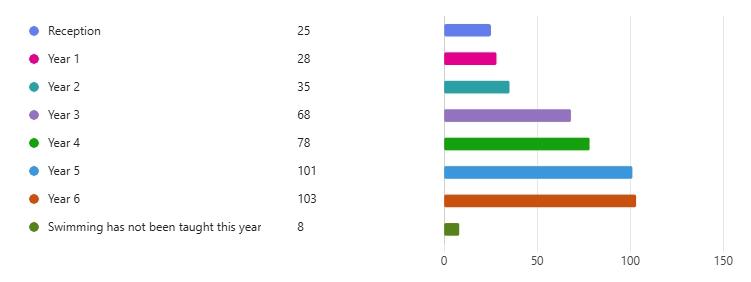
- 51% of schools offer Top-Up Swimming lessons for weaker swimmers
For reference, this is regarded as valid use of the PE and Sport Premium
- 35% of schools have not reported on swimming attainment online.
This is a mandatory expectation of all primary schools, alongside the reporting of PE Premium spend and impact.
- 61% of schools said that over 70% of Y6 can swim 25m
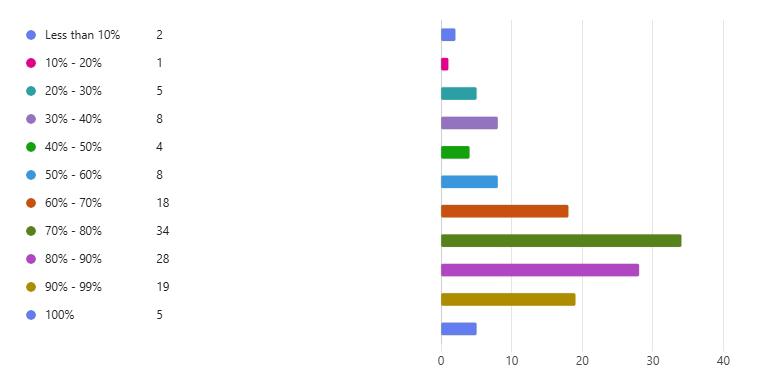
- 50% of schools said that over 70% of Y6 can use a range of strokes effectively, for example, front crawl, backstroke and breaststroke?
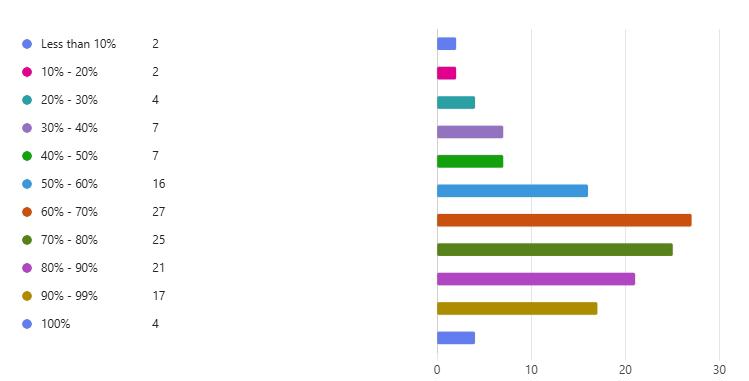
- 54% of schools said that over 70% of Y6 can perform safe self-rescue in different water based situations?
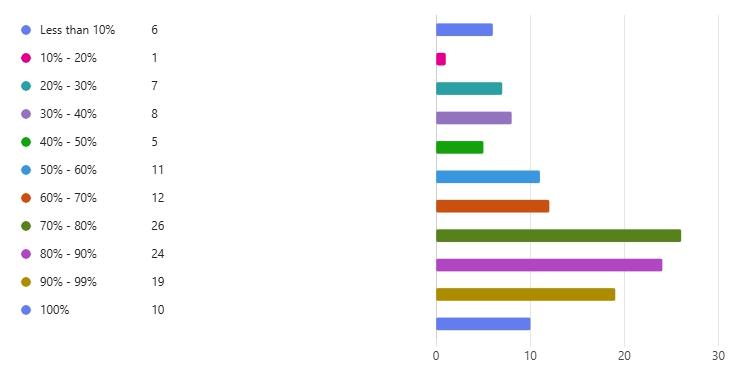
- Only 22% notify secondary schools of the names of non-swimmers transferring up.
Please do this in the future. PE departments and DSLs need to know the identities of non-swimmers

